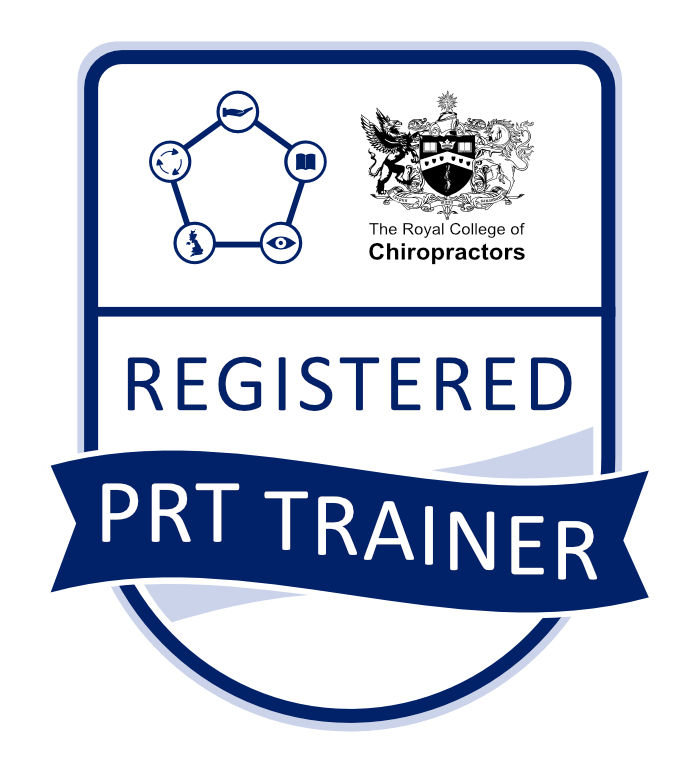The hip joint is a ball and socket joint linking the top of the leg (the ball) to the pelvis (socket). It has to carry the load of the entire upper body and torso while remaining relatively flexible.
Hip pain is a very common complaint in patients of all ages and fitness levels. Often the pain comes from the hip joint, but it can be referred pain from another location. The low back, pelvis, buttock muscles and knees can all refer pain to the hip and the problem rarely occurs in isolation, often with a few different structures being involved.
We often see hip pain that is caused by degenerative changes within the hip joint. Degeneration, or osteoarthritis occurs when abnormal wearing of a joint occurs. This can happen as a result of accident or injury, or from overuse or repetitive micro-trauma (not loading the joint properly over a long period of time). Normally this develops in middle-aged or older people, but can happen at a younger age if there has been an injury to the joint in the past.
With osteoarthritis there may be pain and loss of movement of the joint. This in turn often affects the way that a patient moves and walks and can cause problems in adjacent muscles, ligaments and joints. This can happen for a long time before a patient has to be considered for surgery, but can feel debilitating! Chiropractors cannot reverse any degenerative changes that have already happened, but we can often improve levels of discomfort and mobility and allow normal activities to resume for patients.
Our job as Chiropractors is to carefully assess each patient and work out what is causing the pain and why before we can recommend any particular treatment strategy and plan. We individually tailor a treatment plan according to your needs, age, physical and general health. Typically, treatment may include a range of therapeutic interventions including, but not limited to manipulation, mobilisation, massage and rehabilitative exercises.
There are some lifestyle changes you can make to decrease the likelihood of developing hip pain. Strength training combined with weight-bearing exercise helps keep the joint strong and supple. Prevention is better than cure! Often problems develop in active people who don’t add enough variety or cross training into their training schedule. Listening to your body and not pushing to the point of injury, taking regular breaks and changing shoes regularly all help to keep your hips working their best.

